Traveler’s thrombosis, also known as economy class syndrome or deep vein thrombosis (DVT), is a medical condition that can occur when a blood clot forms in a deep vein, usually in the leg, after prolonged periods of sitting, such as...
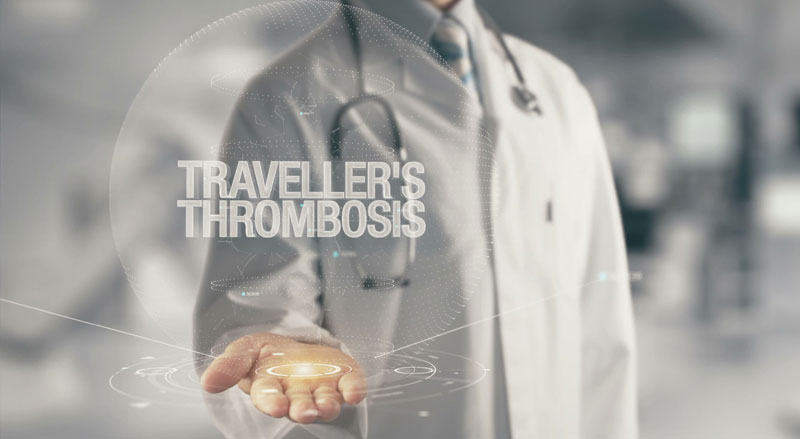

Traveler’s thrombosis, also known as economy class syndrome or deep vein thrombosis (DVT), is a medical condition that can occur when a blood clot forms in a deep vein, usually in the leg, after prolonged periods of sitting, such as...
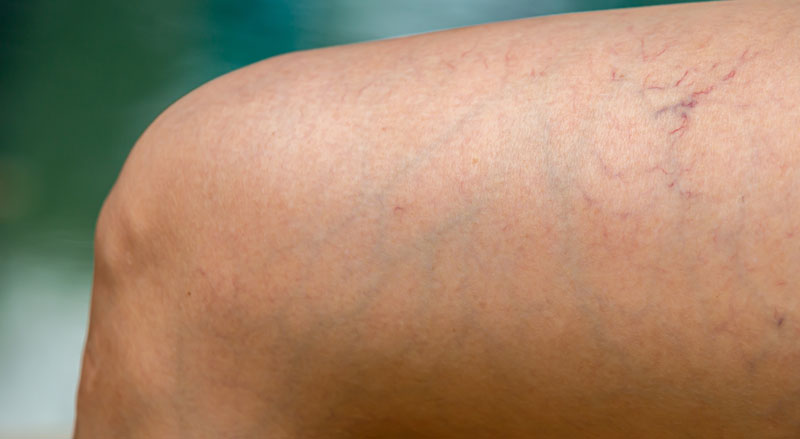
Most people know the difference between spider veins and varicose veins. But what about spider veins vs. reticular veins? What’s the difference? Veins are the structures that bring blood up from your legs and back to your heart. Three major...
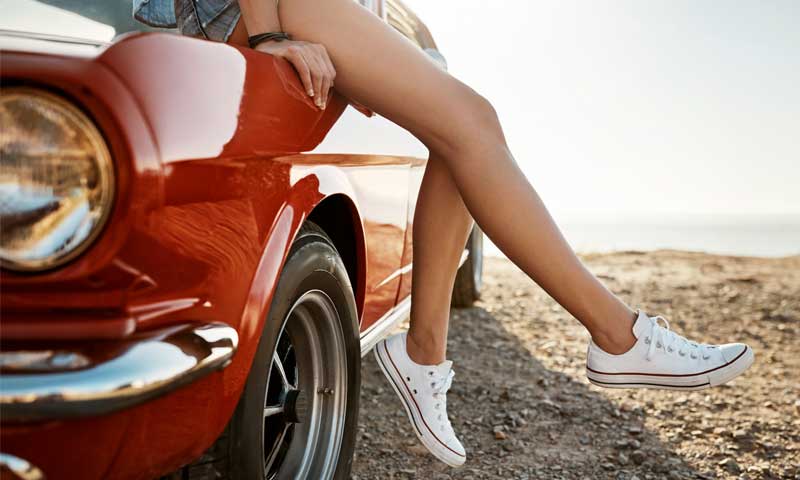
Are you thinking about adding leg exfoliation to your beauty routine? If so, you’re on the right track. Leg exfoliation is an easy way to get softer, smoother, more attractive legs. But there are important things to know. Before you...
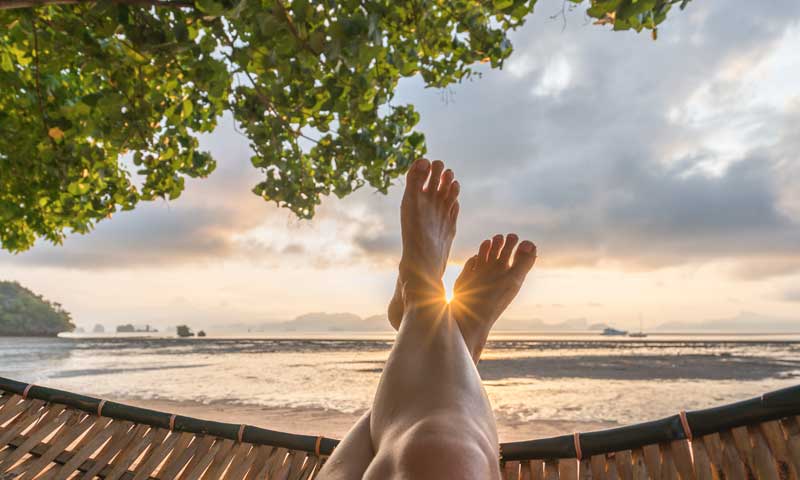
Summer is the time to relax and have fun. Whether you’re lounging around the pool or shopping in your local farmer’s market, you want to look and feel your best. Before the heat sends us running for shorts, sundresses, and...
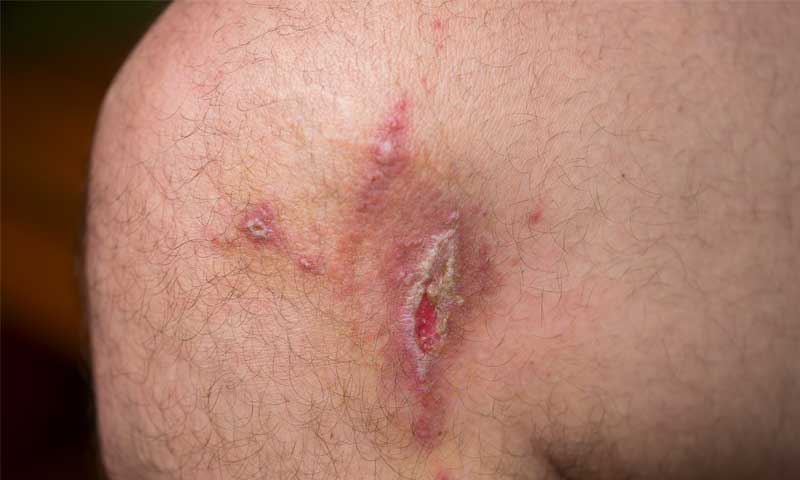
This blog covers the first signs of leg ulcers and both medical and at-home treatments. We’ll discuss why it’s important to examine the underlying causes and how to reduce and prevent their frequency. An ulcer is an open sore on...
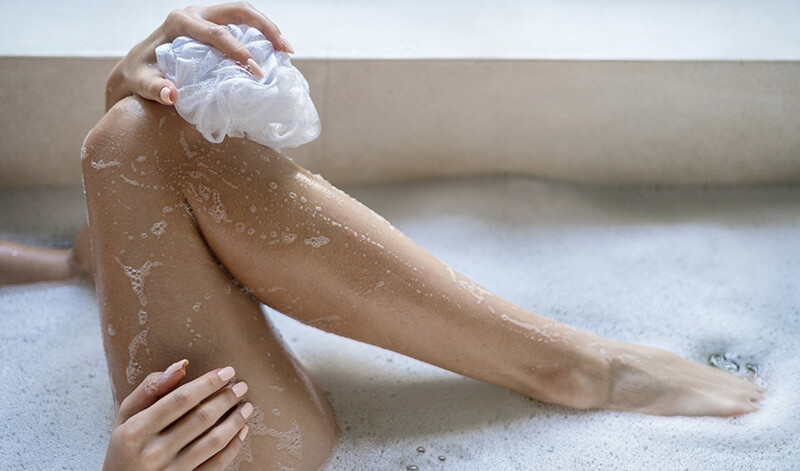
We all know the drill. Once the winter chill sneaks in, it’s easy to lack moisture and mobility in our lives. Our skin gets drier and our muscles get tighter. This means our legs need extra attention and care during...